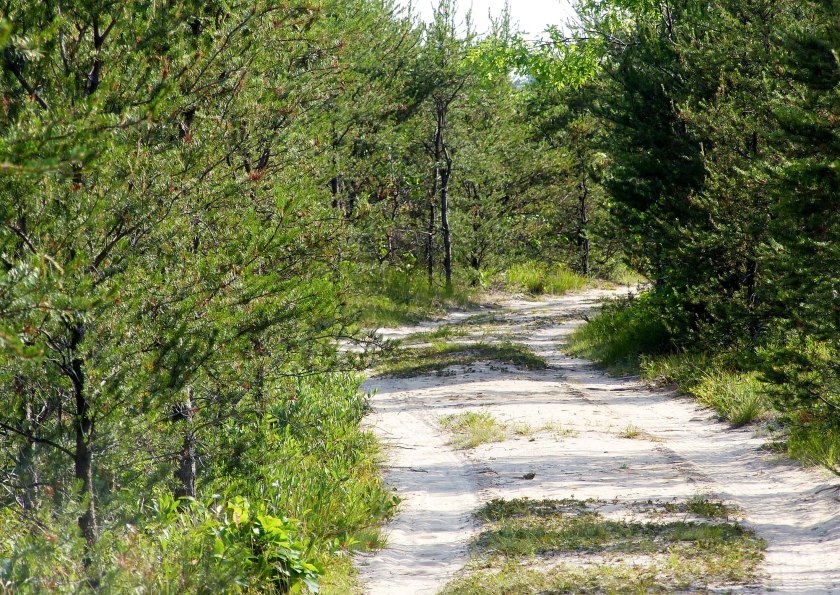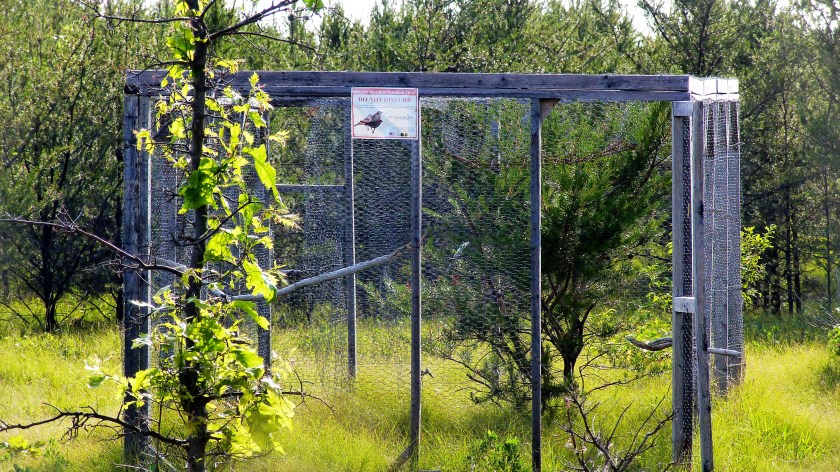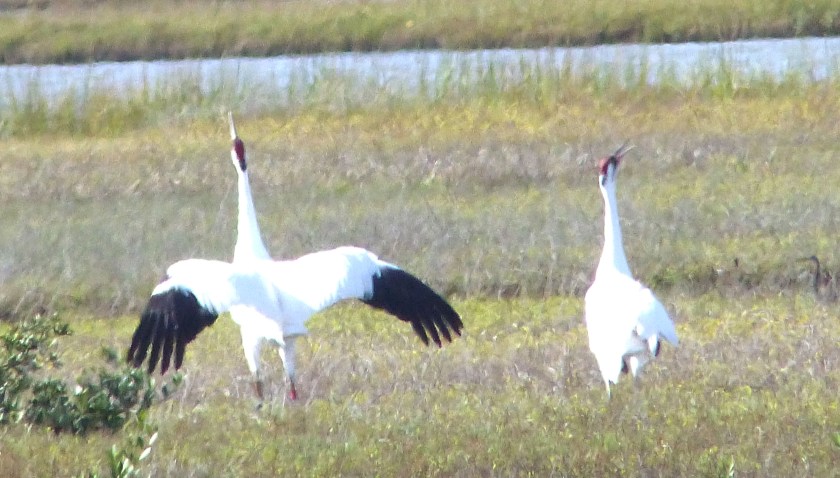I used to drive my kids across the continent every summer so they could visit their grandparents in southern Ontario. They’re grown now. For the first time in many years, I’ll be driving cross-country to Ontario, a journey which, for me, will have a slight tinge of melancholy attached to it-a sense of times gone and never to return.
But I like driving. My route takes me through Pendleton, Oregon, Laramie, Wyoming, Kearney, Nebraska, Bettendorf, Iowa, and Grand Rapids, Michigan. That’s a lot of miles, not to mention the return journey. And then, of course, there are the road hazards, like this alleged BLT.

Road Hazard, Michigan
The Kirtland’s Warbler is a rare bird I’d like for my list. To see one means a side trip to Grayling, Michigan-many extra miles and no guarantees. The birds nest in a tiny area of second-growth pine forest in north central Michigan, and that’s pretty well it. Winters are spent in the Bahamas. The Kirtland’s is very unlikely to come to you; you have to go to it, especially if you’re a westerner.
In Grayling, I find my motel and take a break. Grayling is a small town, very small, surrounded by pine forest. I’m going to be here for two nights! Grayling has a nice little independent movie house though so if I get bored on the second night I could take in a show. I check the marquee. The movie is Minions, so maybe not.

Kirtland’s Warbler habitat
The Warblers are supposed to be in a patch of pines just outside of town. I don’t plan on going too far into the nesting area although the season is pretty well over and the new birds fledged. Some Clay-colored Sparrows appear and check me out. However, it’s a very nice day and I’m enjoying the quiet of the forest with its wide, sandy trails.

Clay-colored Sparrow
I pass a Cowbird trap. Cowbirds are a particular menace because they lay their eggs in warbler nests. The much bigger Cowbird hatchling pushes the warbler chicks out to die, after which tiny warbler parents bust their you-know-whats to feed and raise the monster changeling.

Cowbird Trap
Now, I’ve checked pictures people have taken of the Kirtland’s. For reason, I think the birds are usually near the tops of the small pines, which I where I look for them. Other than the rather scruffy yellow and gray-blue bird watching me from a patch of brush, waist-high, I’ve seen nothing. Then it dawns on me-the bird looking at me is a Kirtland’s Warbler! This is another case of not reading the whole description. Every bird book tells us that the Kirtland’s Warbler stays low. I have no idea how many I walked past while I was searching the treetops.

Young Kirtland’s Warbler
So…it’s evening, it’s Grayling, Michigan. I’m alone. What to do? Luckily, there’s a small movie house in town…

Minion


